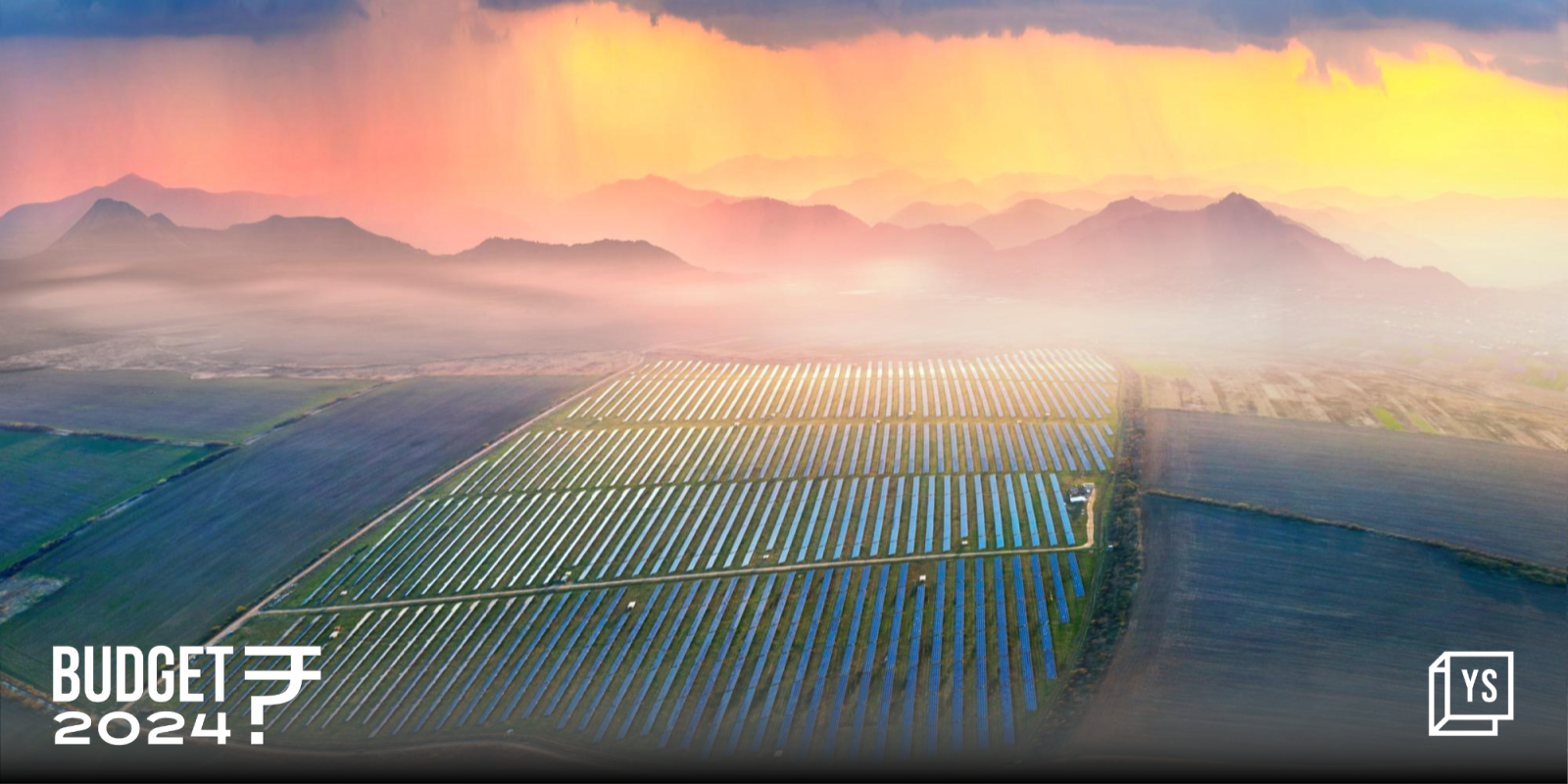
The government announced its commitment to offer viability gap funding to support one gigawatt (GW) of offshore wind capacity as part of Budget 2024 to promote the growth of India’s green energy sector.
The Viability Gap Funding (VGF) Scheme supports infrastructure projects that are economically justified but slightly lack financial viability. It applies specifically to projects with private sector sponsors chosen through competitive bidding.
The government has allocated Rs 930 crore towards the wind power grid for FY 2024-25—marginally higher than what it spent last year—Rs 916 crore.
Finance Minister Nirmala Sitharaman—who presented a truncated interim Budget in the parliament—also reiterated the government’s target to achieve 100 million tonnes of coal gasification and liquefaction by 2030 to reduce imports of natural gas, methanol, and ammonia.
Gasification involves converting coal into a gas, while liquefaction involves turning coal into liquid fuels—both of which can offer cleaner and more versatile energy sources compared to traditional coal combustion.
Solar energy also received support from the government.
The PM Suryoday Yojana—designed to equip one crore households below the poverty line with solar rooftop panels—is anticipated to yield significant household savings ranging from Rs 15,000 to Rs 18,000 annually, thanks to free electricity, and the potential income generated from selling surplus energy to distribution companies, the minister said.
She added that it can also help with energy needs for the electric vehicle sector.
.thumbnailWrapper
width:6.62rem !important;
.alsoReadTitleImage
min-width: 81px !important;
min-height: 81px !important;
.alsoReadMainTitleText
font-size: 14px !important;
line-height: 20px !important;
.alsoReadHeadText
font-size: 24px !important;
line-height: 20px !important;

The government has set aside Rs 10,000 crore to be spent on solar power grids in 2024-25, double the Rs 4,757 crore it spent in 2023-24. It had planned to spend Rs 4,970 crore over the last year.
The decision to provide free electricity via rooftop solarisation is a double win as it reduces the environmental impact and eases the financial burden on households. “It’s a model initiative for sustainable development,” said Sandiip Bhammer, Founder and Co-Managing Partner of Green Frontier Capital.
The finance minister also announced a new initiative to support green growth, focusing specifically on bio-manufacturing and bio-foundry.
The scheme aims to encourage the development and production of eco-friendly alternatives, including biodegradable polymers, bio-plastics, bio-pharmaceuticals, and bio-agri-inputs—all of which are derived from biological sources and intended to offer more sustainable options compared to traditional manufacturing processes that may rely on non-renewable resources or produce environmentally harmful by-products.
The Budget, however, fell short in addressing alternative mobility fuels like LPG and did not broaden the financial scope of the Green Hydrogen Mission—a crucial factor in driving significant industry growth.
It also failed to flesh out the Carbon Credit Trading Scheme, which aims to establish a carbon compliance market.
Edited by Suman Singh


![Read more about the article [Funding alert] Moj, ShareChat owner raises $145M at $2.8B valuation from Temasek, others](https://blog.digitalsevaa.com/wp-content/uploads/2021/07/Founders-FaridBhanuAnkush-1617888113870-300x150.jpg)







